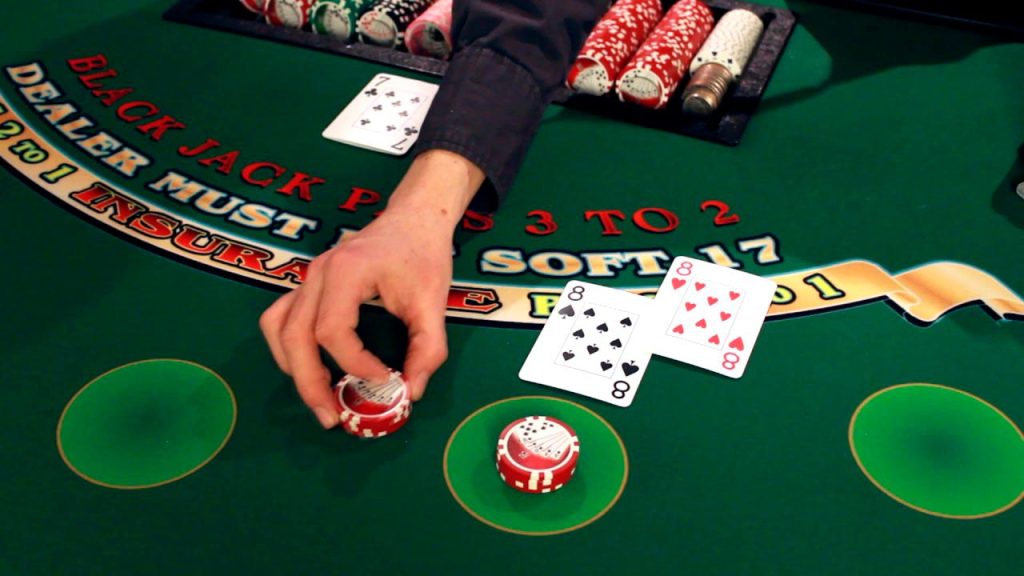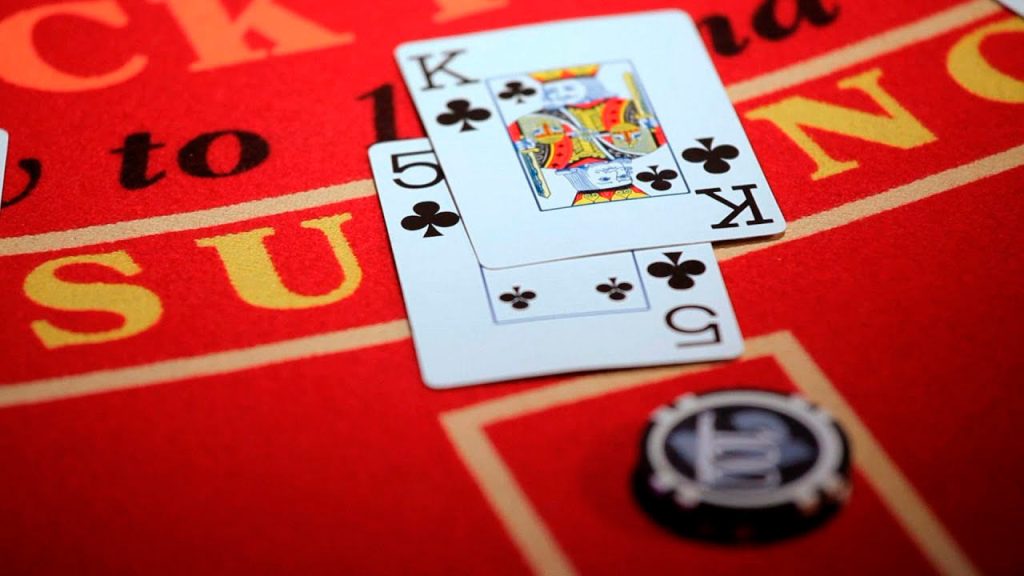Counting is one of the blackjack tricks that has been used in land-based casinos. The player, both land-based and online, must have experience and an excellent memory. He counts which cards have been dealt and in what numbers and can thus assess whether his chances of winning are good and increase the bet accordingly. Today, most land-based casinos have means to avoid the blackjack system with its strenuous card counting.
If one can focus one’s attention for a long time and is willing to practice a lot in advance, these tactics can be used successfully. There are various counting methods such as:
- High Low counting is relatively simple and is also suitable for inexperienced players. Groups of cards get a point value such as 2 to 6 give one point, 7 to 9 give 0 points and 10 to Ace minus 1 point. You assign the values when you deal the cards and with a little practice you can know if the deck contains even higher cards.
- The longer the game goes on, the more accurate the counting becomes, since there are fewer and fewer cards in the deck.
- KO counting is also simple and similar to Hi-Lo counting. The value distribution is the same except for the card 7. Here, the 7 counts as one of the low values with one point.
- Hi-Opt card counting can give better chances of winning by counting the values accurately. This blackjack tactic is made more for advanced players and requires extensive training. The card values for High Opt 2 are assigned as follows: 2, 3, 6 and 7 count +1 / 4 and 5 count +2 / 8, 9 and Ace count 0 / 10, Jack, Queen and King are calculated as -2.
- Whatever the player decides, he should in any case use the option of free play to thoroughly rehearse his chosen system.
Parlay Strategy

Parlay is not only used as a Blackjack system, but also in roulette, for example. Here, winnings are increased with the ulterior motive of securing a part of the winnings in between to avoid overall losses. The stakes are increased in the case of winnings and decreased in the case of losses. In other words, it is not the player’s own money that is staked, but rather money that has been won, and only a part of it.
Players who manage to quit with a profit in their pocket can sometimes achieve nice successes here, but due to the random factor, you always have to reckon with many rounds of losses.
For number fans, Parlay also offers a system with any number series. You should start with a short series like 1-2-2-4, whereby these numbers stand for the multiplier of the first bet. If you win, you move one place to the right in the row, if you lose, you go back one step. The principle is the same and the player has a fixed orientation for his bets.
Labouchere, popular tips for experts

Labouchere Blackjack System
Labouchere also works with a series of numbers and is not quite as easy for beginners due to its more complex nature. It is considered promising and is very popular with old hands in the gambling business. The application is like this:
You take a realistic winning amount, in our example 15$, that you want to reach and divide it into several number units.
- 1+1+2+4+5+2 add up to 15.
- The stake is formed from the two outer numbers, i.e. 1+2 = 3$.
- After a win, these “used” outer numbers are deleted and the next bet is formed with the next 2 numbers 1+5 = 6$.
- If there is a loss, the two used numbers remain and the bet amount of the lost stake, in this case 6, is added to the right. In our case, the next bet is made up of 1+6 = 7$.
The round is over when you have crossed out the numbers of the entire row.
One advantage is the fixed betting rule that you have to stick to, and that you are therefore not tempted to risk imprudent bets. The bet and the series of numbers should be well thought out, as it can always happen that many losing rounds occur. On the one hand, this puts a heavy strain on the budget, and on the other hand, a series that is too long can take a long time to work off. So preparation is the be-all and end-all here.
Any number series can be used, although high numbers and long series also involve more risk and time. Again, at some point you may hit the table limit, at best the two outer numbers should never exceed the table limit, so this must also be factored into your preparation. If you hold out until the end of the number line, you end up with a small win.

